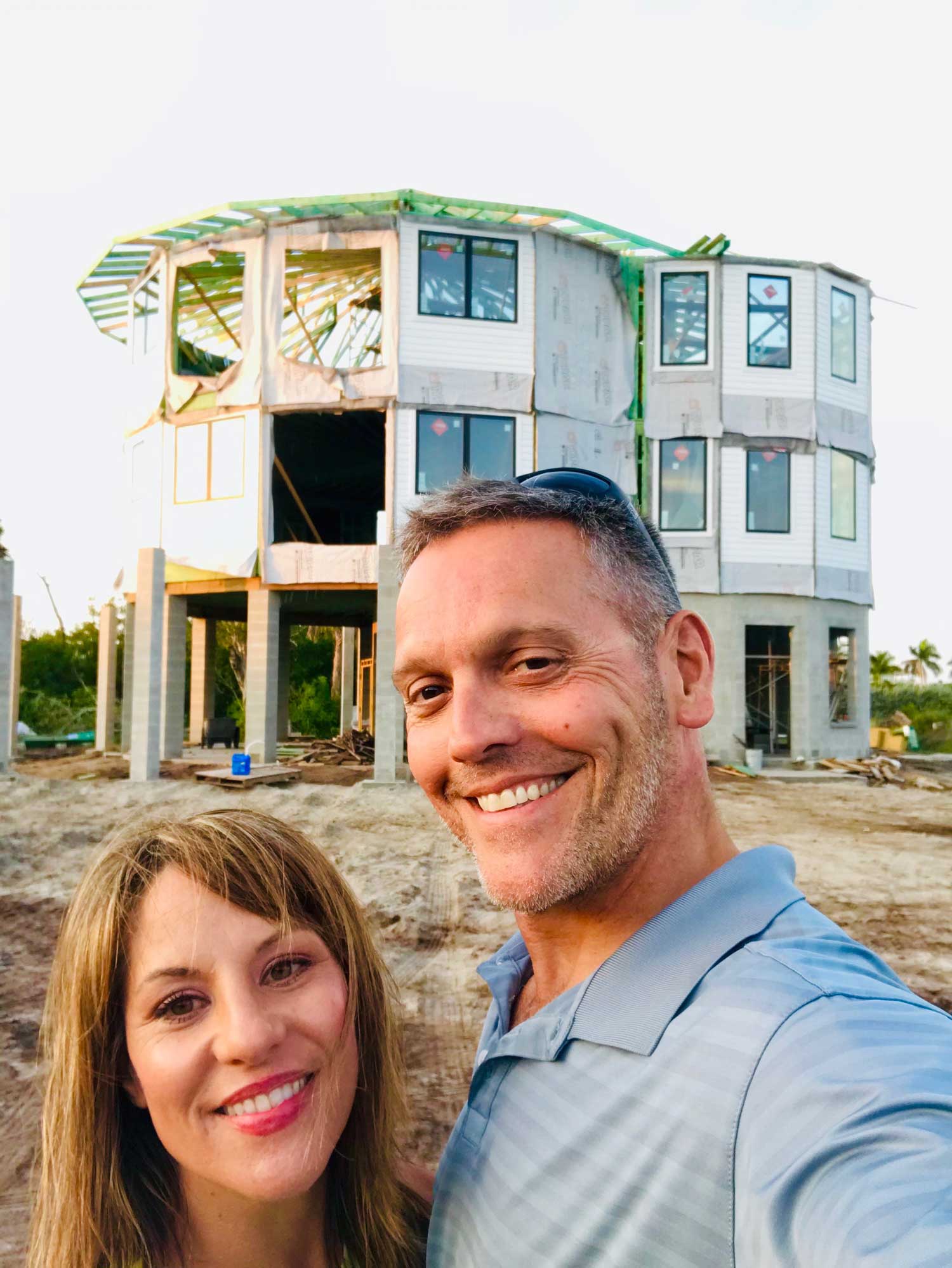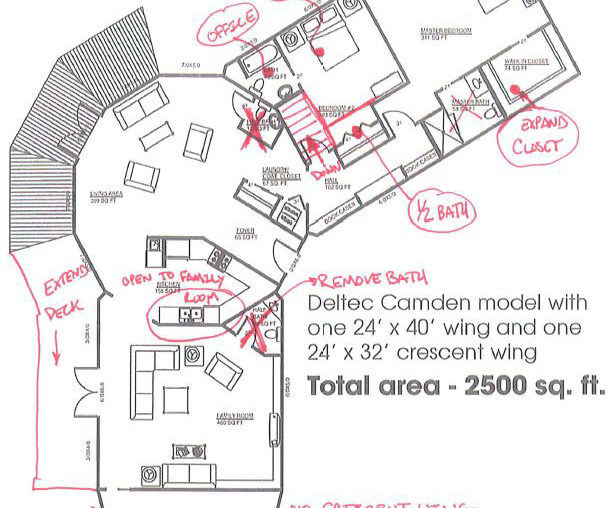 So you’re preparing to embark on a journey to build a new home. And you’d like to ensure the process is quick so you can get straight to enjoying your amazing new home. One question you may be asking yourself is how can I design and build my home faster?
So you’re preparing to embark on a journey to build a new home. And you’d like to ensure the process is quick so you can get straight to enjoying your amazing new home. One question you may be asking yourself is how can I design and build my home faster?
One of the advantages of using a pre-built structure, like Deltec, is the time savings during construction. Typically, you can shave about one month off the typical building schedule because of the speed of the shell assembly. (The shell is structure of the home – the “bones” so to speak. We build the components that comprise the shell in our production facility, allowing the typical home to be weathertight in about a week, often less depending on the size.)
The time savings from the pre-built Deltec structure is significant, but many people want to go further. We interviewed two Deltec designers and Deltec’s in-house builder (with a combined 50 years of experience), and here are several steps they shared to make your building process more efficient:
- Create a timeline. For a well-managed project there is no substitute for planning ahead. Your Deltec designer will give you a timeline for your project when you begin the design process. Take the time to really understand each step. Understand what items you need to complete to help the design process run smoothly. Planning ahead will allow you to be flexible when the inevitable curve ball comes your way.

- Pick a floorplan you like as a starting point. Each Deltec home is designed to meet your needs – whether that’s capturing an amazing view, living sustainably, standing up to hurricanes, or all the above. However, that doesn’t mean you need to start with a blank sheet of paper. Our designers encourage you to find a plan you like as a starting point. Check out our website or ask about our planning catalog and floorplan gallery. Making changes to an existing plan can dramatically speed up the design process while still allowing space for your creativity. Another approach is to create a bubble sketch. Simply sketch out the perimeter of your home, and then draw bubbles in the areas where you would like different rooms or activities to take place. Your Deltec designer can take this and turn it into a floorplan quite easily, especially if you give them a list of your “wants” (things you’d really like to have) and “needs” (things that are required and non-negotiable).
 Buy land early. While Deltec regularly helps customers to design homes before they’ve found their perfect lot, if speed is your objective then it definitely pays to find your perfect property as early as possible. Having your land decision finalized will allow you to fully investigate your local permitting requirements and give your builder a head start on pricing your project.
Buy land early. While Deltec regularly helps customers to design homes before they’ve found their perfect lot, if speed is your objective then it definitely pays to find your perfect property as early as possible. Having your land decision finalized will allow you to fully investigate your local permitting requirements and give your builder a head start on pricing your project.- Research the permitting requirements. With thousands of different jurisdictions in the United States alone, there may be unique permitting requirements in your area. Researching the requirements as early as possible will allow you to adapt your timeline to ensure you meet all necessary permitting requirements. For example, in some areas you may have to get a particular permit (like a septic permit or coastal permit) before you are allowed to file for your building permit. Discuss these rules and regulations with your builder or building department as soon as possible to give you the ability to apply earlier if needed.
- Minimize changes. You may have heard from a friend or family member that a good way to keep the cost of your project under control is to avoid making changes after you begin construction. This philosophy can also increase the speed of your design process, but it is important to understand that changes are a natural part of the iteration required during design. One way to help manage changes during the design process is to set your design goals early on and use these goals as a check and balance on your whims. For example, if your top three design goals for your home are capturing the breathtaking southeastern views, creating a kitchen for entertaining, and having a net-zero home, then when you consider whether or not it is worth making a last minute plan change to a window on the north side, you have a framework for understanding how this change fits with your design goals.
- Be clear about your budget. Budget can be a sensitive topic, but one of the most common delays we see on a project is a disconnect between the customer and the designer or builder on the budget. A great deal of time can be wasted creating a design that is out of a customer’s price range, and that can lead to frustration all around. If you have a firm budget, let your designer and building team know. If you are not sure what your budget is, ask for help in developing one early on.
- Start early. Yes, yes, this may seem obvious, but the earlier you start, the better chance you will have of hitting your desired move-in date. In our experience, most people wish they had more time in the design process. One example of this is working with a builder. Most builders cannot dedicate a large amount of time for prospective customers until a full set of plans has been developed. Once the plans are ready, a builder can dig into the project with much more detail and certainty, produce more accurate pricing, and more. So, the sooner you start the design process, the sooner you can engage in a meaningful way with your building team.
Have more questions? The Deltec team is here to help. Call us at 828-253-0483.
